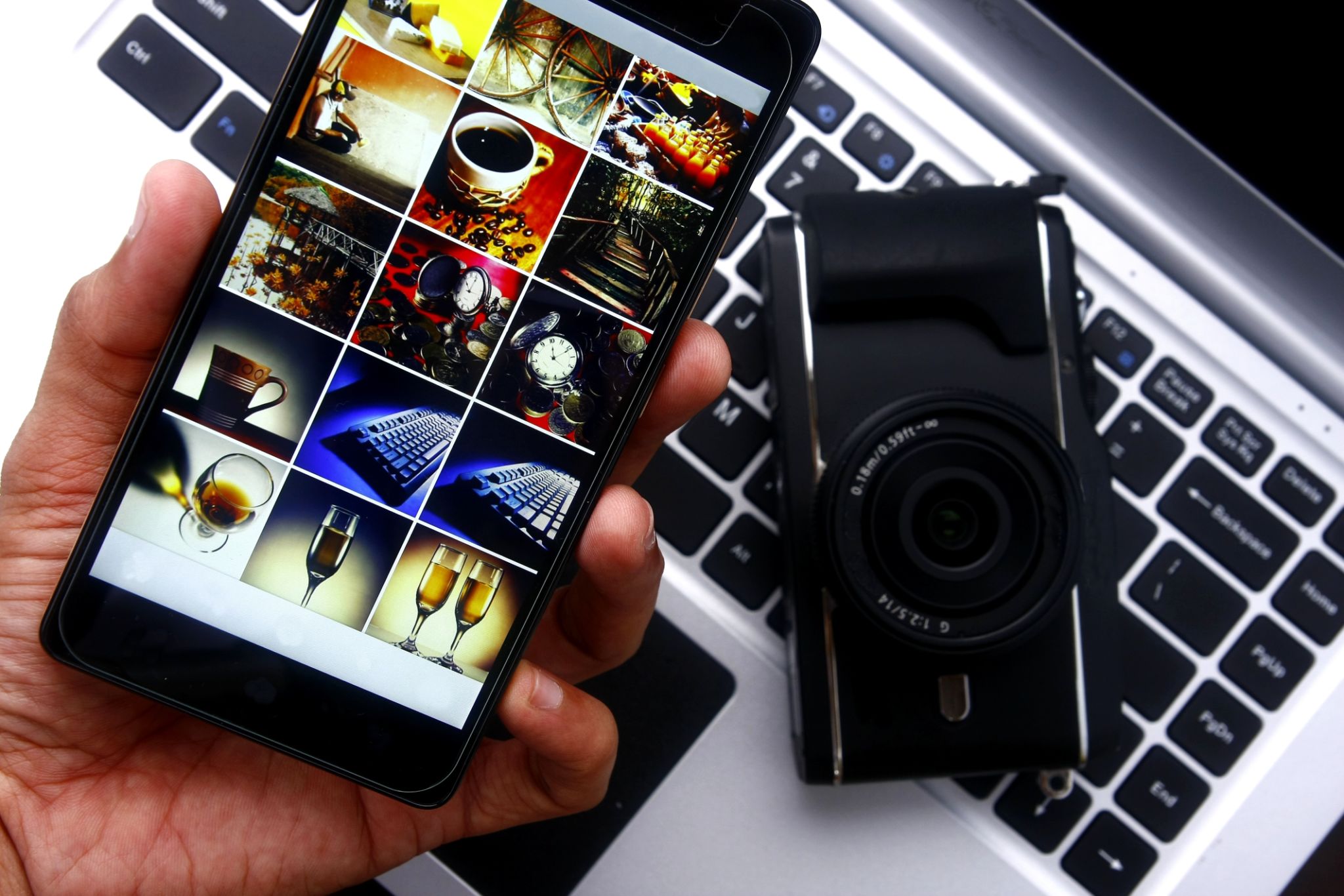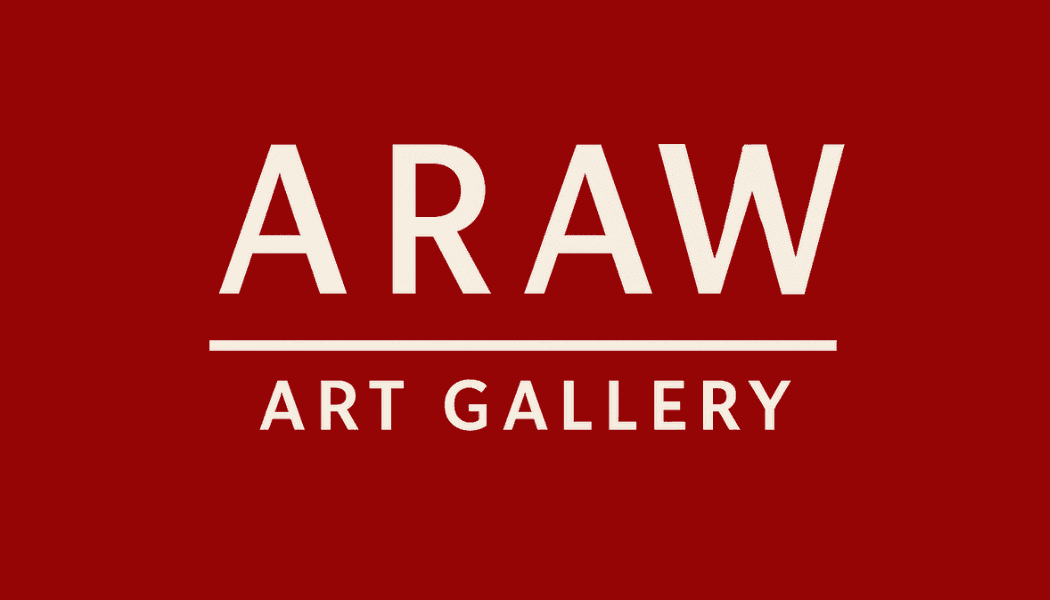Exploring Contemporary Philippine Art: A Guide to Emerging Artists
Introduction to Contemporary Philippine Art
The vibrant world of contemporary Philippine art is a testament to the country's rich cultural heritage and dynamic present. With a history deeply rooted in diverse influences, Philippine art today stands at a fascinating crossroads between tradition and modernity. Emerging artists are at the forefront of this movement, redefining what it means to create art in the 21st century.

Understanding the Context
Contemporary Philippine art is not just about aesthetics; it’s a commentary on social, political, and cultural landscapes. Artists are increasingly using their work as a platform to address issues such as identity, migration, and environmental concerns. This makes the exploration of this art form not only visually stimulating but also intellectually engaging.
The country’s colonial past, mixed with indigenous traditions and global influences, provides a complex backdrop that artists navigate through their work. The result is a diverse range of artistic expressions that challenge conventional norms and push the boundaries of creativity.
Spotlight on Emerging Artists
A new generation of artists is gaining international recognition for their innovative approaches and unique perspectives. These emerging talents are redefining the artistic landscape with their bold ideas and fresh interpretations.
- Dex Fernandez - Known for his eclectic style, Fernandez combines street art with digital media to create visually striking pieces that explore themes of identity and consumerism.
- Maria Taniguchi - Her minimalist approach often involves extensive use of monochromatic palettes, examining space and perception in profound ways.
- Pio Abad - Abad’s work often reflects on historical politics and collective memory, using various mediums to convey complex narratives.

Finding Inspiration in Tradition
While many contemporary artists are pushing the boundaries, they also draw inspiration from traditional Filipino art forms. Techniques such as weaving, pottery, and woodcarving are being reimagined in modern contexts, creating a dialogue between past and present.
This synthesis of old and new is evident in the works of artists who incorporate indigenous symbols and motifs into their creations, paying homage to their roots while crafting something entirely original.
The Role of Art Galleries and Exhibitions
Art galleries and exhibitions play a crucial role in promoting contemporary Philippine art. They provide a platform for both established and emerging artists to showcase their work to a broader audience. These spaces are essential for fostering creativity and encouraging public engagement with art.

Events such as Manila Art Fair and Art Fair Philippines have become significant cultural events, attracting art enthusiasts, collectors, and critics from around the world. These fairs not only highlight the diversity of Filipino art but also boost its visibility on the global stage.
The Future of Philippine Art
The future of contemporary Philippine art looks promising as more artists gain international acclaim. With the rise of digital platforms, artists have new opportunities to reach wider audiences and collaborate across borders. This interconnectedness is likely to spur further innovation and growth in the field.
As the global art community continues to take notice of Philippine art, it becomes increasingly important for local support systems to nurture this talent. Continued investment in art education, galleries, and cultural programs will ensure that this burgeoning art scene thrives for years to come.
